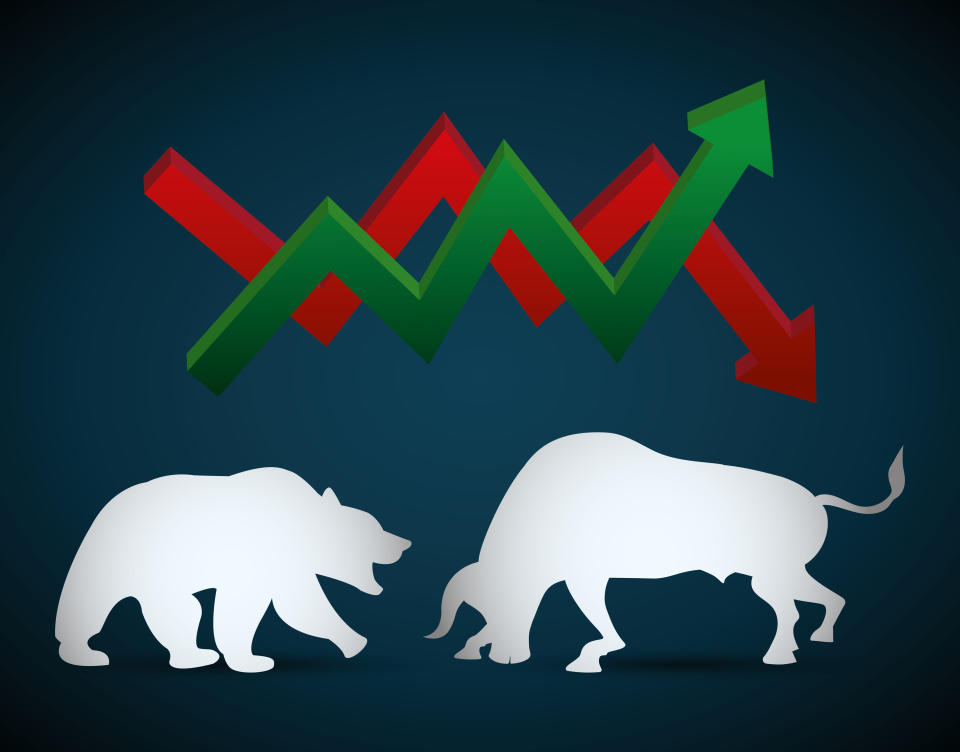How to Maximize Your Retirement Portfolio with These Top-Ranked Dividend Stocks

Strange but true: seniors fear death less than running out of money in retirement.
Also, retirees who have constructed a nest egg have valid justifications to be concerned, since the traditional ways to plan for retirement may mean income can no longer cover expenses. Some retirees are now tapping their principal to make a decent living, pressed for time between decreasing investment balances and longer life expectancies.
Retirement investing approaches of the past don't work today.
For example, 10-year Treasury bonds in the late 1990s offered a yield of around 6.50%, which translated to an income source you could count on. However, today's yield is much lower and probably not a viable return option to fund typical retirements.
That means if you had $1 million in 10-year Treasuries, the difference in yield between 1999 and today is more than $1 million.
Today's retirees are getting hit hard by reduced bond yields - and the Social Security picture isn't too rosy either. Right now and for the near future, Social Security benefits are still being paid, but it has been estimated that the Social Security funds will be depleted as soon as 2035.
So what's a retiree to do? You could cut your expenses to the bone, and take the risk that your Social Security checks don't shrink. Or you could find an alternative investment that provides a steady, higher-rate income stream to replace dwindling bond yields.
Invest in Dividend Stocks
As we see it, dividend-paying stocks from generally low-risk, top notch companies are a brilliant way to create steady and solid income streams to supplant low risk, low yielding Treasury and fixed-income alternatives.
Look for stocks that have paid steady, increasing dividends for years (or decades), and have not cut their dividends even during recessions.
A rule of thumb for finding solid income-producing stocks is to seek those that average 3% dividend yield, and positive yearly dividend growth. These stocks can help combat inflation by boosting dividends over time.
Here are three dividend-paying stocks retirees should consider for their nest egg portfolio.
Brixmor Property (BRX) is currently shelling out a dividend of $0.26 per share, with a dividend yield of 4.25%. This compares to the REIT and Equity Trust - Retail industry's yield of 4.17% and the S&P 500's yield of 1.62%. The company's annualized dividend growth in the past year was 11.63%. Check Brixmor Property (BRX) dividend history here>>>
Cathay General (CATY) is paying out a dividend of $0.34 per share at the moment, with a dividend yield of 3.09% compared to the Banks - West industry's yield of 2.36% and the S&P 500's yield. The annualized dividend growth of the company was 9.68% over the past year. Check Cathay General (CATY) dividend history here>>>
Currently paying a dividend of $0.63 per share, Canadian Natural Resources (CNQ) has a dividend yield of 4%. This is compared to the Oil and Gas - Exploration and Production - Canadian industry's yield of 0% and the S&P 500's current yield. Annualized dividend growth for the company in the past year was 53.34%. Check Canadian Natural Resources (CNQ) dividend history here>>>
But aren't stocks generally more risky than bonds?
Yes, that's true. As a broad category, bonds carry less risk than stocks. However, the stocks we are talking about - dividend -paying stocks from high-quality companies - can generate income over time and also mitigate the overall volatility of your portfolio compared to the stock market as a whole.
Combating the impact of inflation is one advantage of owning these dividend-paying stocks. Here's why: many of these stable, high-quality companies increase their dividends over time, which translates to rising dividend income that offsets the effects of inflation.
Thinking about dividend-focused mutual funds or ETFs? Watch out for fees.
If you prefer investing in funds or ETFs compared to individual stocks, you can still pursue a dividend income strategy. However, it's important to know the fees charged by each fund or ETF, which can ultimately reduce your dividend income, working against your strategy. Do your homework and make sure you know the fees charged by any fund before you invest.
Bottom Line
Regardless of whether you select high-quality, low-fee funds or stocks, looking for a steady stream of income from dividend-paying equities can potentially lead you to a solid and more peaceful retirement.
Want the latest recommendations from Zacks Investment Research? Today, you can download 7 Best Stocks for the Next 30 Days. Click to get this free report
Brixmor Property Group Inc. (BRX) : Free Stock Analysis Report
Canadian Natural Resources Limited (CNQ) : Free Stock Analysis Report
Cathay General Bancorp (CATY) : Free Stock Analysis Report

 Yahoo Finance
Yahoo Finance 